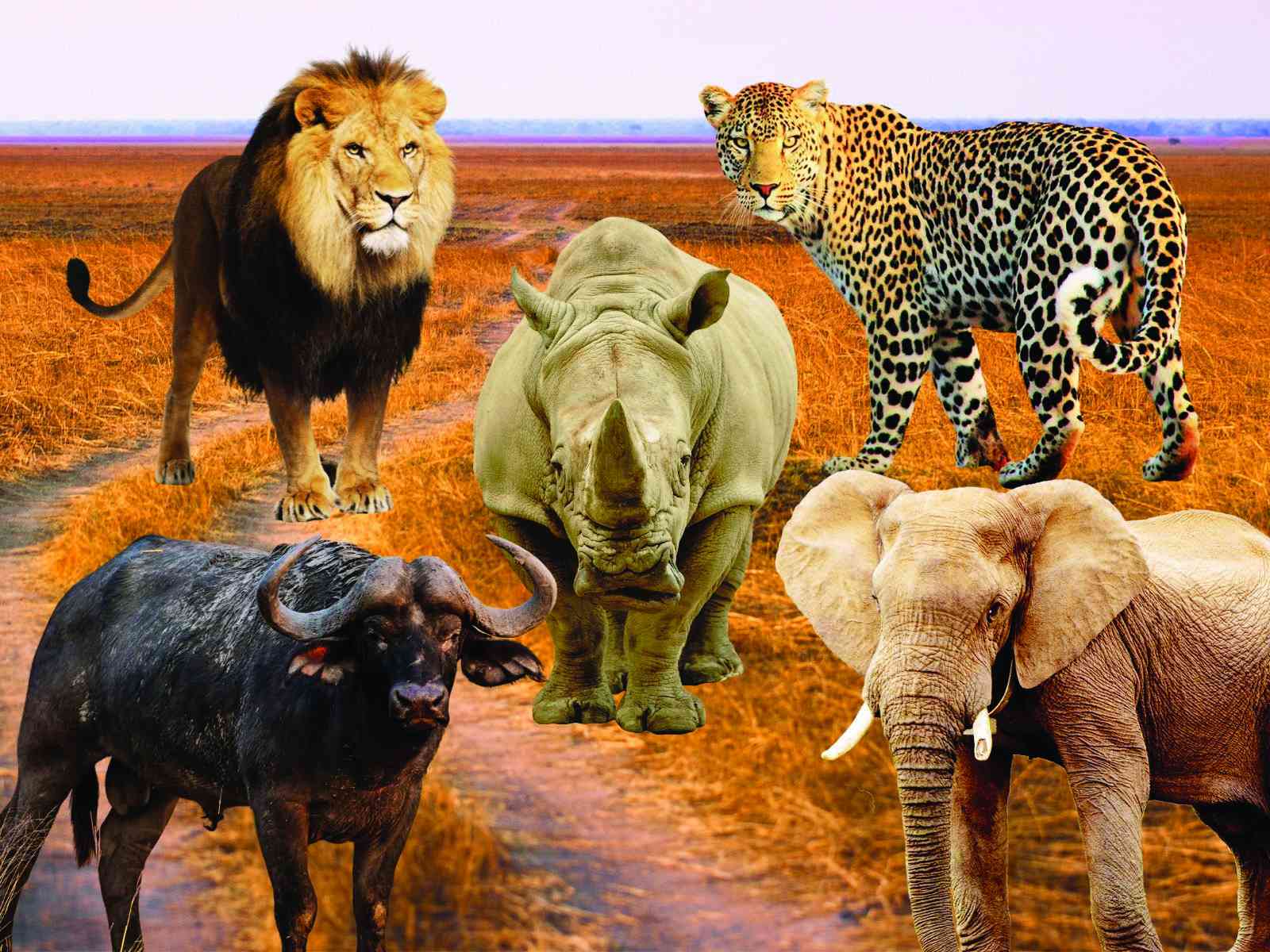
The National Peace and Reconciliation Commission (NPRC) has slammed a wildlife law that ‘criminalises’ killing troublesome wild animals.
In an 83-page 2023 annual report, the NPRC said Zimbabwe should compensate villagers whose crops are destroyed by animals in high human-wildlife conflict zones, as it pushed for accelerated culling to bring animal populations within sustainable levels.
The NPRC’s comments were rare in a market where executing the balancing act has been blurred by pressures to increase foreign currency revenue from tourism and trophy hunting.
Villagers in close proximity to national parks have killed animals straying into human settlements to protect crops and assets.
Wild animals are an important part of Zimbabwe’s tourism sector, where the country’s over 80 000 strong elephant herd is among the biggest attractions for forex generating visitors.
The sector generates about US$3 billion for the economy annually.
NPRC said Zimbabwe Parks and Wildlife Management Authority (ZimParks) should, instead, increase culling to deal with the problem.
“Of concern was the seeming importance attached to wildlife over humans due to the law that criminalises the killing of wild animals, such as the ‘big five’ (African elephant, lion, leopard, cape buffalo, and rhinoceros), even where they have destroyed one’s livestock or homestead,” the NPRC said.
- AAT adds Vic Falls Spa in post-pandemic strategy
- Feature: Insects, solution to Africa’s malnutrition and food problems
- Old Bulawayo restoration almost complete
- Old Bulawayo restoration almost complete
Keep Reading
“The Government of Zimbabwe is encouraged to review laws to allow for the compensation of victims. The Government of Zimbabwe should consider issuing hunting licences for the shooting of wild animals, including the ‘Big Five’.
“There is a need for improvement in problem animal control. Culling needs to be reintroduced by ZimParks and the Government of Zimbabwe in order to deal with the rising population of wild animals, such as elephants,” the report notes.
The report was published as official statistics in 2021 showed that 71 deaths and 50 injuries were recorded in Zimbabwe due to human-wildlife conflict, compared to 60 deaths and 40 injuries in 2020.
In 2022, 68 people lost their lives to wildlife attacks.
The data showed Zimbabwe recorded 15 deaths and 43 injuries during the first quarter of 2023, compared to 22 deaths and 18 injuries during the same period in 2022.
NPRC said it chose districts in Matabeleland North, Mashonaland West and Siakobvu in Kariba, for its assessment of human-wildlife conflict.
“It was noted that human wildlife conflict was caused by factors such as increased herd of wild animals against the increase in human population,” the commission pointed out.
“This resulted in competition over land and water sources. In addition, climate change, poor land use planning and deforestation have added to conflict between human populations and wildlife. “Amongst the many challenges faced by communities are loss of lives and destruction to property and crops,” it added.
The plight of wild animals has recently been under the spotlight.
Last week, the Zimbabwe Independent reported that a Victoria Falls-based anti-poaching organisation warned poaching levels will rise this year, as an El Niño-induced drought affecting Zimbabwe triggers more incidences of human-wildlife conflict.
Nathan Webb, managing director at Wildlife Conservation Coalition, said with pastures expected to run out as one of southern Africa’s worst droughts tears through wildlife sanctuaries, animals were likely to move closer to human settlements this year.






